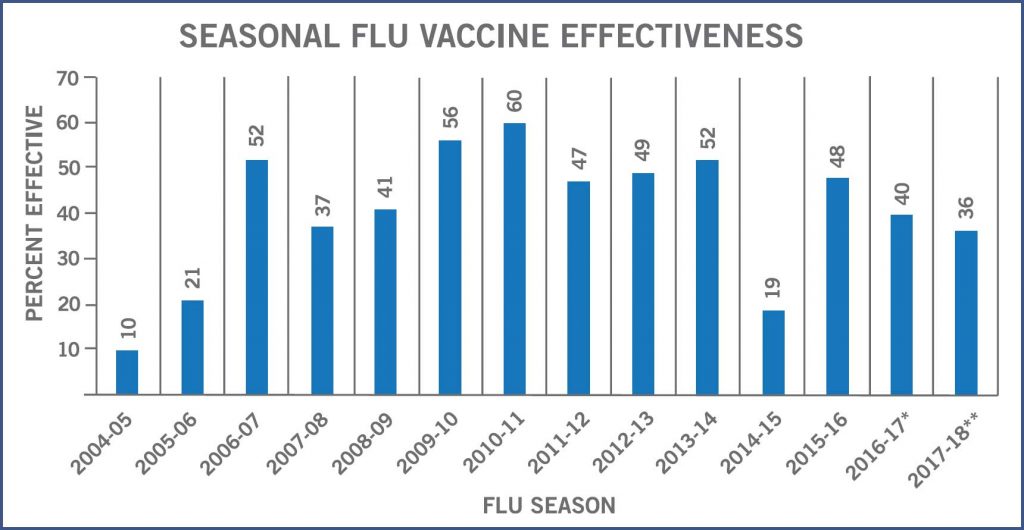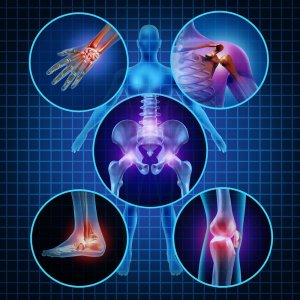Pain Management: The New Approach

Fewer Pills, Lower Doses, More Vigilance: The New Approach to Pain Management
It’s hard to imagine a medical crisis more widely discussed, dissected and debated in the last two years than opioid abuse. As a result, clear action steps have been taken, including retooling of the 2016 guidelines for opioid-prescribing protocols – dosage recommendations, follow up assessments and ongoing monitoring were reconsidered and adjusted. In short, for patients with chronic pain not from cancer, nonpharmacological treatment and non-opioid medications should be evaluated first, and opioids used only when:
- other alternative therapies have not provided sufficient relief, and
- pain is adversely affecting a patient’s function and/or quality of life, and
- potential benefits of opioid therapy outweigh
Following are details on the newest developments, and how they may impact the way you’re treated for pain, from hospital bed to physician office.
Minimize and customize dosage. Not surprisingly, the dosage recommendations for exercising caution are lower than in earlier guidelines, beginning with even relatively low doses (20-50 morphine milligram equivalents (MME) per day). The lowest effective dose, for the shortest period needed, will be used to treat acute pain. In most cases, even pain following surgery does not require opioids for more than three days. Several high-profile institutions have changed their opioid prescribing guidelines following surgery.
At Johns Hopkins, a panel of health care providers developed recommendations for the number of five-milligram oxycodone pills needed after almost two dozen common procedures, finding that some required none, while the maximum of 20 pills was appropriate for others. The prescribing limits were designed to help prevent patients from receiving unnecessary opioid pills after surgery and ultimately face a one-in-16 risk of becoming a long-term user.
“Prescriptions for pain meds after surgery should be custom tailored to the operation and a patient’s needs and goals, but the hope is that these guidelines will help reset ‘defaults’ that have been dangerously high for too long,” the study’s author reported in a recent Journal of the American College of Surgeons.
An open discussion. It is now acknowledged that opioids present a risk to all patients, and risks must be clearly presented when starting therapy. These range from common (constipation, nausea) to serious (respiratory problems, opioid use disorder, overdose).
Establish realistic treatment goals. It’s essential to realize there’s no cure for chronic pain, but work toward pain relief to improve function and quality of life. “SMART” goals – specific, measurable, attainable, relevant and time-limited – should be set at the start to determine end points and be continually reassessed.
Continual monitoring. Opioids should only be continued after confirming that clinically meaningful improvements in pain and function were realized without significant risks or harm. In regular checks, patients will be asked to rank their pain, and level of interference with their enjoyment of life and general activity. A 30 percent improvement from baseline scores would be needed to continue the therapy. Reassessments are recommended within a few weeks after starting, and at least every three months throughout the course of treatment.
Not recommended for elderly patients. A body of evidence shows possible harm from long-term opioid use in older patients, who metabolize medications more slowly and so may be prone to side effects such as respiratory and cognitive impairment. UCLA Comprehensive Pain Center experts advise a multidisciplinary approach using psychological support, physical therapy and other complementary therapies.
Proper disposal of unused opioids. Noting that a large part of the opioid abuse crisis was spurred by people taking medications not prescribed to them, new guidelines emphasize not leaving unused pills in the medicine cabinet “just in case.” Patients are advised to dispose of them as quickly and appropriately as possible.
New approaches to addiction. According to a recent editorial in Mayo Clinic Proceedings, looking beyond the “supply side” issue to target the “demand” side of opioid use is critical to addressing why patients were initially drawn to using opioids. The authors recommend screening for depression and other psychiatric disorders which are often the impetus for patients to over-use opioids. Other studies posit that as many as 65 percent of overdoses reported at poison control centers were actually suicide attempts, underscoring the need for comprehensive psychological evaluation and treatment.
Optimize use of non-opioid therapies. A growing list of options includes:
- Acetaminophen (Tylenol®) or ibuprofen (Advil®)
- Muscle relaxants
- Anti-inflammatories
- Cognitive behavioral therapy – a psychological, goal-directed approach in which patients learn how to modify physical, behavioral, and emotional triggers of pain and stress
- Exercise therapy, including physical therapy
- Medications for depression or seizures
- Interventional therapies (injections)
- Exercise and weight loss
- Alternative therapies such as acupuncture
Did You Know?
70–80% – 70-80% Percentage of opioid pills prescribed after surgery not used by patients
Source: Johns Hopkins
The post Pain Management: The New Approach appeared first on Specialdocs Consultants.






